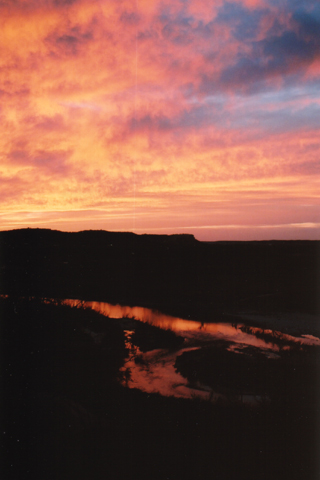The little bird named the golden-cheeked warbler is well known in Central Texas. This endangered bird is the most famous of all the endangered species to call the Texas Hill Country home. Surveys conducted years ago estimated the golden-checked warbler population in Texas at 9,000 to 54,000 birds. This startling number increased habitat management activities for this depressed population, but now it seems there may be more than previously believed. Researchers from Texas A&M University say there could be many, many more than initially thought.
Source: “The researchers calculate the rangewide population of male warblers in Texas at a shade over 263,000. Previous surveys counted roughly 9,000 to 54,000 birds. The work will be published in the Journal of Wildlife Management; it was posted on the journal’s website earlier this year.
The new figure comes as the U.S. Fish and Wildlife Service conducts a five-year review of the warbler.The small bird, characterized by the male’s yellow cheeks outlined in black, was one of several species at the heart of battles between developers and environmentalists in western Travis County in the 1990s.”

So why the variation in golden-cheeked warbler population estimates in Texas? Well, the researchers increased the size of the survey area. Counties that were initially believed to be devoid of warblers were sampled, and suitable habitat and birds were found to be using them. The A&M researchers expanded the potential warbler breeding area to 35 counties, much of it land that previous researchers had either waved off as unlikely warbler territory or that researchers could not access because it was private property. Texas A&M researchers gained the cooperation of landowners with the use of confidentiality agreements.
This study was the first one to look at the entire breeding range of the golden-cheeked warbler. It seems unlikely that the warbler’s population simply jumped from the earlier studies, some of which were done more than 30 years ago. Species awareness and habitat management probably have not hurt either, although habitat protection is the most common management technique. Golden-cheeked warblers require old-growth ashe juniper, commonly referred to as cedar in Central Texas, for nesting habitat.